The content of the article
Eggplant began to grow in greenhouse conditions in central Russia relatively recently. Previously, this vegetable was supplied from abroad or regions of the Krasnodar Territory. Noticing the benefits of growing eggplants, many greenhouses turned their attention to this healthy crop, and after large farms, gardeners also grew eggplants in greenhouses. Are eggplants very demanding on soil composition? How to avoid pest infestation? How to get the maximum amount of crop at minimum cost? Our article will help answer these and many other questions.
Eggplant - capricious plant
Gardeners who have been cultivating their own crops for many years can confirm that eggplant is a surprisingly capricious plant.All a little relaxation in the care - all the efforts expended on seedlings, picking and planting in the greenhouse - will be in vain. If you are just a beginner gardener, we advise you to postpone growing eggplants for a while. Get more experience and only then you will be able to please yourself with a big harvest of “blue” fruits!
It is worth noting that the cultivation of eggplants in some educational institutions where agronomist specialists are trained is a kind of exam. Not every student immediately takes the practice perfectly, but those who have received excellent form and taste of eggplant, quickly become professionals in their field.
Growing eggplants in the greenhouse
Stage 1. Land preparation: The well-known proverb “Prepare a cart in winter and sledge in summer” is as close as possible to growing eggplants. Indeed, if you are going to do eggplants, you should take care of the soil in the fall, creating all the conditions for favorable growth of the plant next year.
In the autumn, after harvesting, before the onset of frosts, it is necessary to clean the greenhouse from all the garbage: remove dry stems, weeds, plant residues.If you are going to plant eggplants throughout the greenhouse, you must carefully water the soil with a watering can. This event does not hurt even if you are going to grow eggplants in a small area. When watering, all fertilizers will go deep into the soil, thus the earth will be better saturated with useful trace elements.
Further, care should be taken to disinfect the soil. It is known that eggplants are sensitive to all bacteria, fungi and other pests. Therefore, you can not skip this item in any case! There are several ways of tillage, but chemical disinfection is considered the most effective, fast and modern. This will require bleach at the rate of 100 grams per 1 square. m. of land. This substance is dry scattered on the surface of the soil. You can also use formalin, which is very effective against black leg disease. From it prepare a solution: 250 ml. 40% formalin diluted in a 10 liter bucket of water. Watering the ground with a watering can. Regardless of what chemical substance (bleach or formalin) you used, you need to cover the soil with plastic wrap for 24 hours in order to start the process of destroying all harmful organisms.
After all the activities carried out, you can dig up the ground for eggplants. It is worth noting that if you have loose soil, in the spring you can simply break through it, but if the earth is loamy, it is also harrowed before planting.
Stage 2. Growing seedlings. Eggplant is a plant that is grown in seedlings. In order to get the eggplants in time, you need to prepare for planting seeds in February and early March.
The stores have a large number of varieties of seeds - there is a round "Vikar" eggplant, elongated "Arap" and even white "Iceberg." Of course, this is not a complete list of all varieties, each selects eggplant varieties at its discretion. One has only to add that the "blue ones" can be both late and early, so pay special attention to this during the purchase of seeds.
For eggplant seedlings, it is advisable to purchase a ready-made substrate in the store, although you can also use the land brought from the vegetable garden in the fall. Only in this case, the soil will need to be calcined in the oven to 100 degrees Celsius or treated with lime chloride.
If the soil is fully prepared for seedlings, it is necessary to start laying the seeds. In disposable or peat cups to a depth of about 1 cm, arrange 3-4 seed.This amount is necessary in the event that some seeds do not sprout, but if all the seeds grow at the same time, lateral, weaker sprouts should be removed. Thus, in one cup should grow one bush of eggplant.
Stage 3. Fertilization. In the spring, preparing the soil for eggplants in the greenhouse, it is necessary to fertilize the ground properly. Some believe that “you will not spoil the porridge with butter” - the more the soil is fertilized, the harder the harvest will be. This approach is completely unprofessional! Everywhere you need to know when to stop. For example, organic fertilizers, manure or humus, are the most suitable for eggplants. If you opt for manure, you should pay attention that only completely rotted manure will do - with time it becomes very similar to ordinary land. This fertilizer is the best for eggplants. On 1 square. m. will need approximately 1 bucket of manure. It must be distributed over the entire surface of the earth with a rake. It is not necessary to fertilize the soil with ashes immediately after the manure. Some people think that this effect will increase. On the contrary, the nitrogen that has just arrived with manure completely evaporates,and the earth remains again without this substance. It is advisable to fertilize the soil with wood ash about 2 or 3 weeks after planting the eggplant in the greenhouse.
Stage 4. Planting eggplant in the greenhouse. At about the beginning of May, it is time for transplanting eggplants from cups to their permanent place. The greenhouse should already have a temperature of more than 16 degrees Celsius, since eggplants are very fond of heat and can even stop growing if the temperature drops to 14 degrees.
On the prepared soil, eggplant seedlings are planted according to this scheme: 60 cm between rows and 30 cm between bushes. Some may think that such a large space is completely unnecessary for such a plant. However, this marking was obtained experimentally - it is precisely with this arrangement of the bushes that you can get a big crop of even, smooth eggplants.
Having marked out the places for seedlings with a stick in advance, it is necessary to dig holes, approximately 12-15 cm deep, and pour into each two liters of water tinted with potassium permanganate. Too deep plant in the ground should not be - it is enough that the level of the soil was slightly higher than in the cup.
The first watering should be carried out exactly 5 days after the eggplants have moved to their permanent place. Water until the earth absorbs moisture.The next day, be sure to soil the soil! Otherwise, the top layer of the earth will harden and with further watering all the water will spread to the sides, and not go to the roots.
Since eggplants are very sensitive to transplanting, it is necessary to create the most comfortable conditions for growth. In the first 20 days you can not open the door in the greenhouse! The greenhouse effect helps to quickly adapt to new conditions.
Eggplant Care
Temperature. Earlier it was noted that eggplants do not tolerate temperatures below 14 degrees Celsius at all, but excessive heat is also destructive for them. The most optimal temperature that should be kept in the greenhouse is 23-27 С. If the summer day is too hot, open windows or doors will help to cope with the heat, that is, there must be a draft in the greenhouse. Additionally, you can pour the tracks with water - it will also lower the temperature in the greenhouse. Do not open the door in cold weather. In the summer, in any case, the vents and doors should be closed. Properly maintaining the temperature, it is possible to promote not only growth, but also fruit ovary.
The formation of the bush. After the height of the plant is more than 25 cm, it is necessary to pinch or remove the top. This is necessary so that the bush does not grow more upwards, but lateral stems begin to form, which will be fruitful. You should also pay attention to the fact that a large number of lateral shoots can reduce the presentation of eggplants. Fruits will grow in cramped, and due to the large number of eggplants on the bush, none will reach a normal value. The most optimal number of side shoots on one bush - 6 pieces. Also, timely to remove from the bush yellowed leaves and infertile flowers.
The stability of the bush. If you choose varieties of eggplants that grow up and give elongated fruits, you must tie the main stem to the support, otherwise it will simply break under the weight of eggplants. For this event most suitable ribbons from old materials. They tie up the main stem to the stick, and then to the greenhouse ceiling.
Watering. Watering eggplants should be regular, moderately abundant. The soil should always remain wet, but in this case it is necessary to ventilate the greenhouse.Watering is carried out in the morning, before the sun begins to bake, until 9.00. Remember that insufficient watering will make your eggplant bitter and tasteless, and excessive - will contribute to the development of fungal diseases. Find for yourself the "golden mean" and strictly adhere to this rule!
Mulching. It is advisable to mulch the soil with old newspapers, needles or straw, so as not to have a "hard crust" on the surface of the earth.
Harvest
Eggplants are not stored for a long time, so they are immediately sorted and made either to be preserved, or sold, or eaten in processed form.
Eggplant is an incredibly tasty vegetable that requires a lot of attention. Following our advice, you will be able to grow a large crop of eggplant in your greenhouse and proudly tell all your neighbors about all the intricacies that were used to obtain such a bountiful harvest.
Video: tips on growing eggplant in the greenhouse

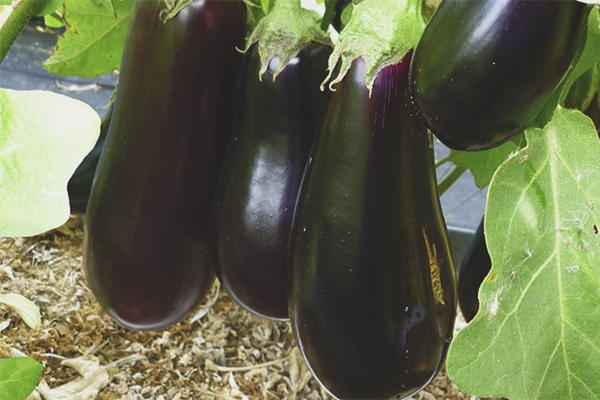
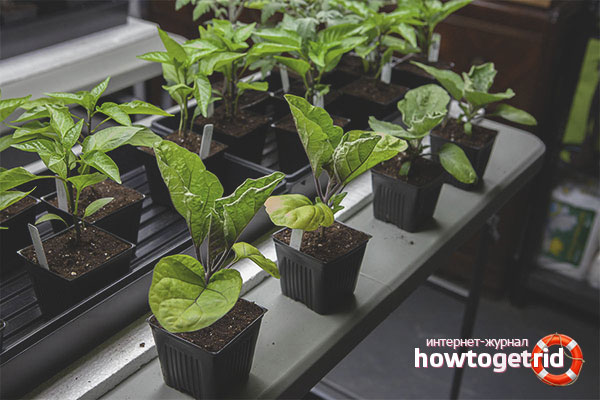
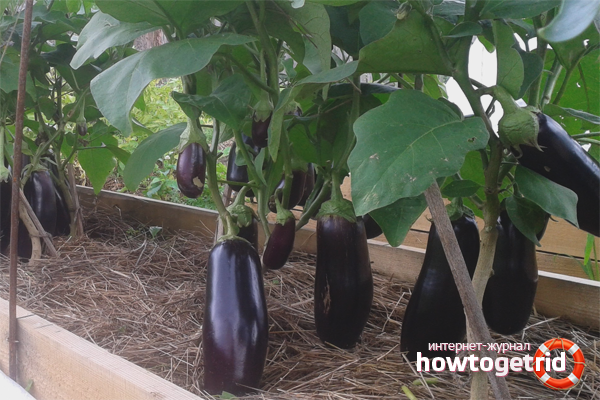


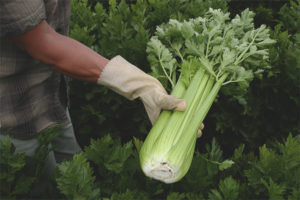

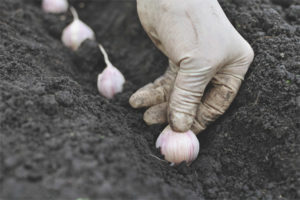

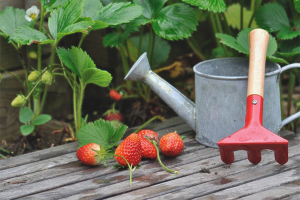

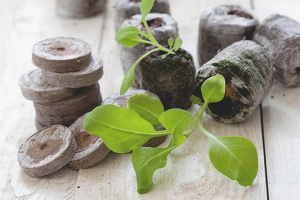
To send